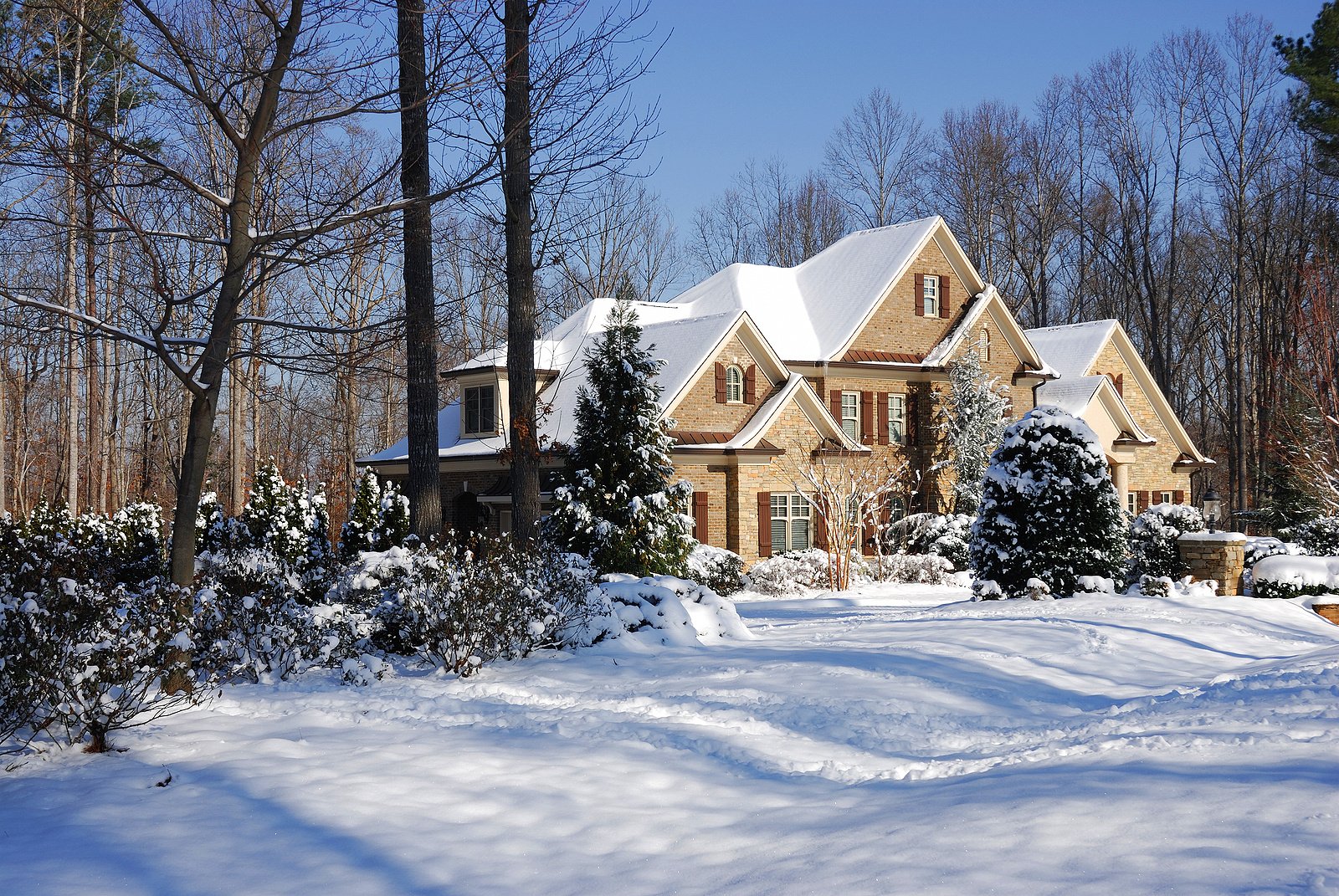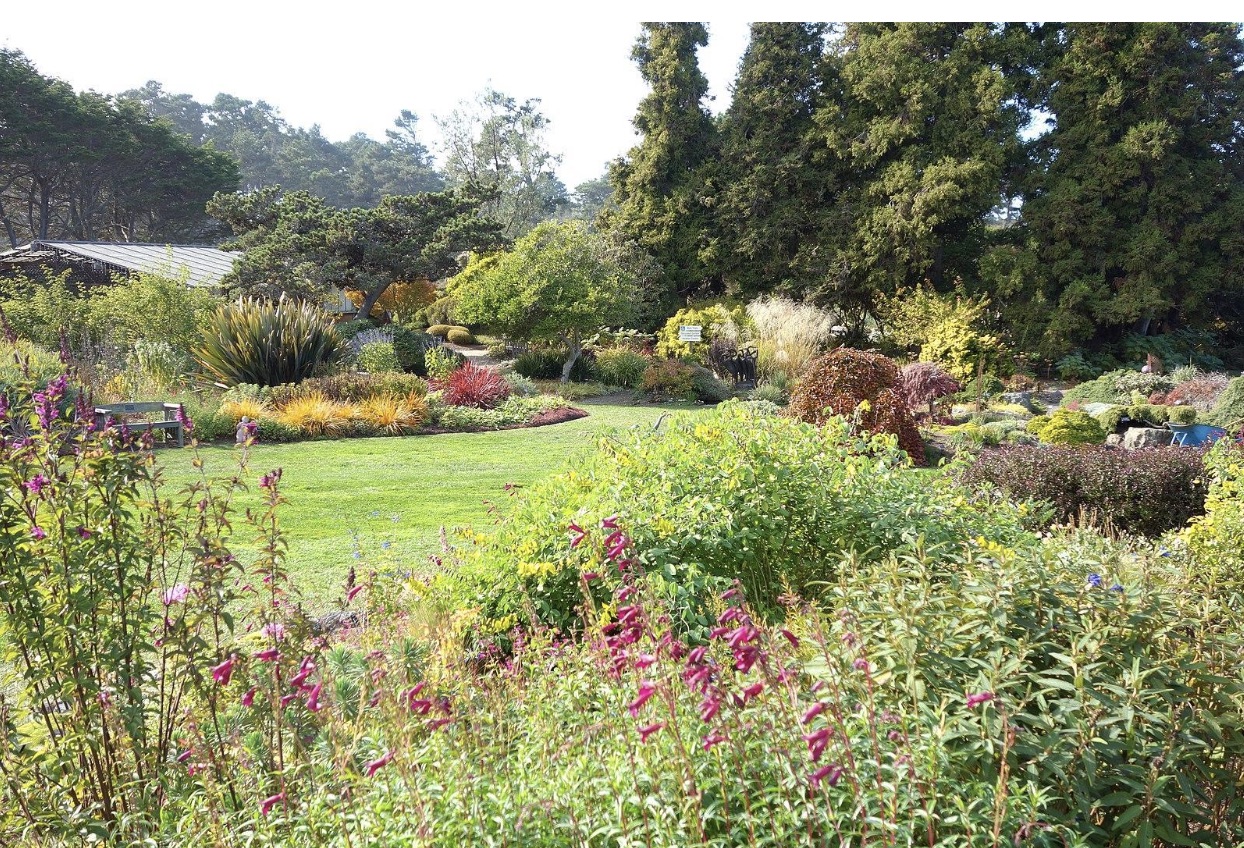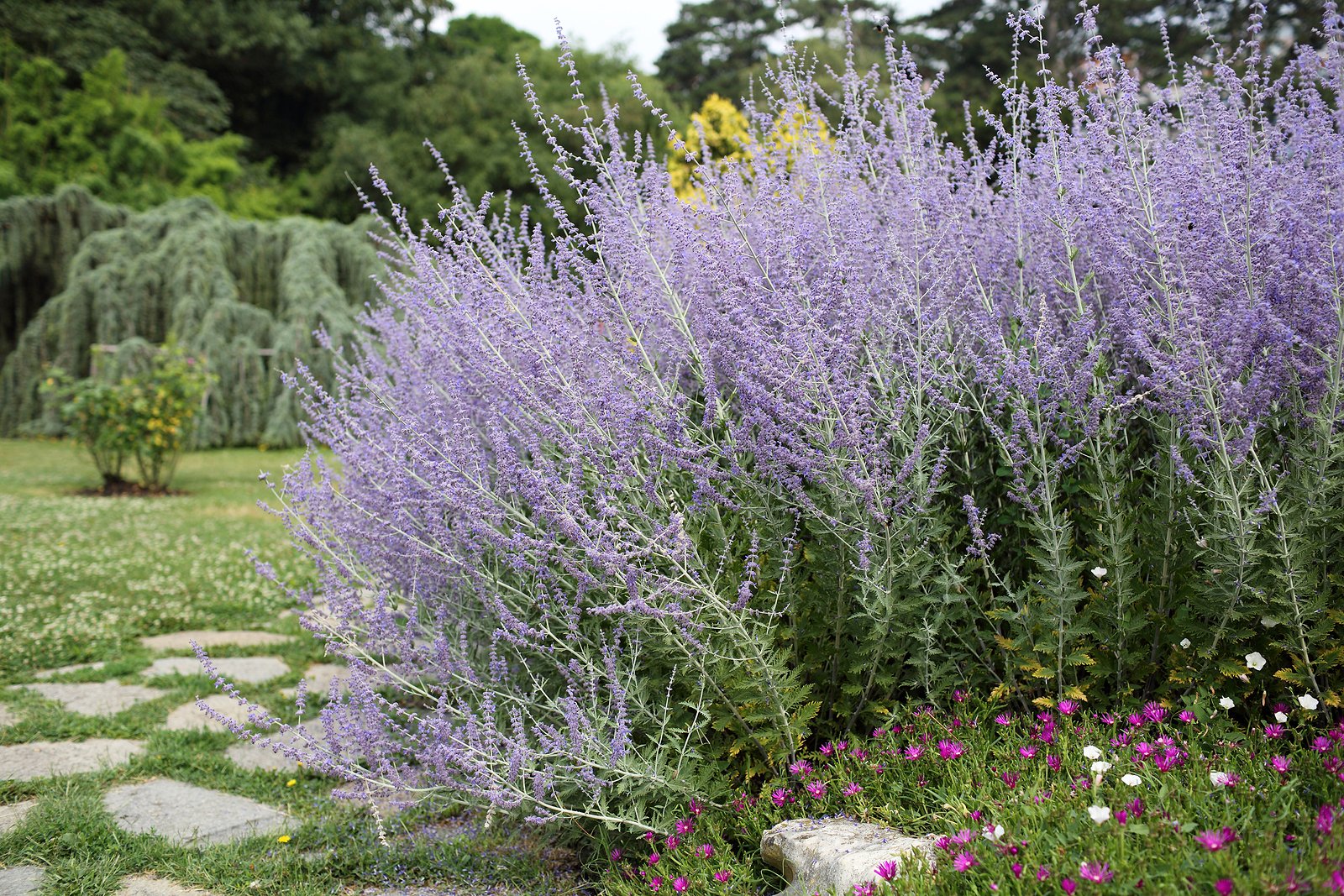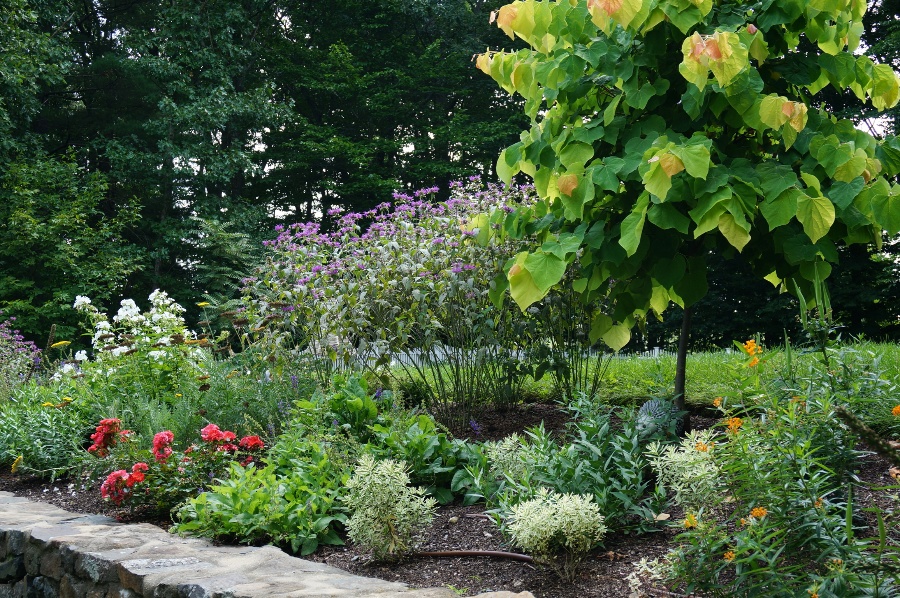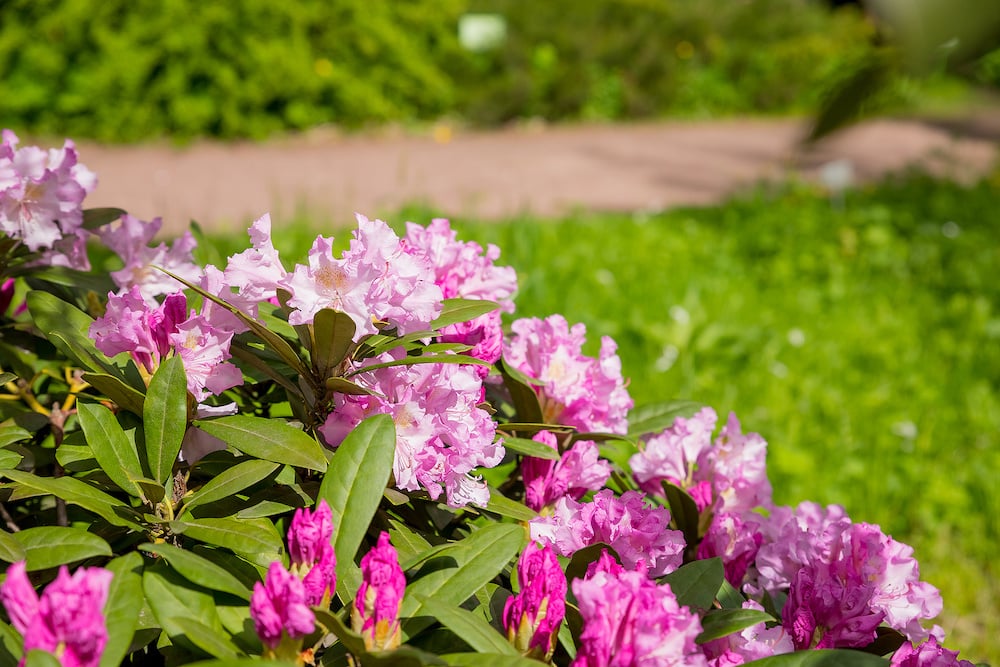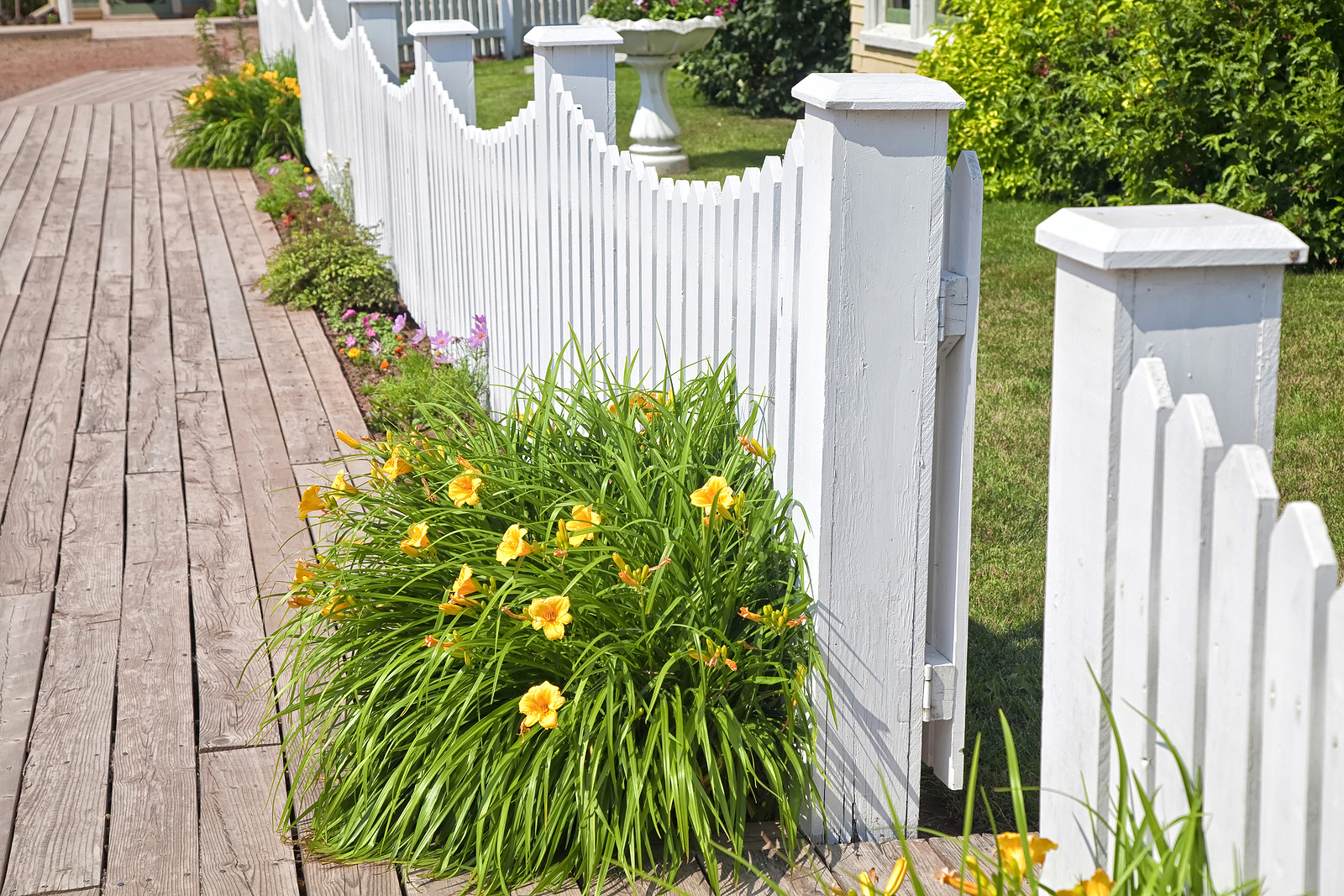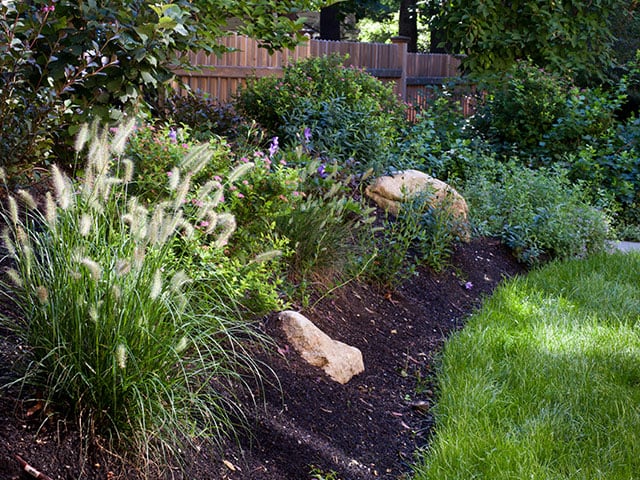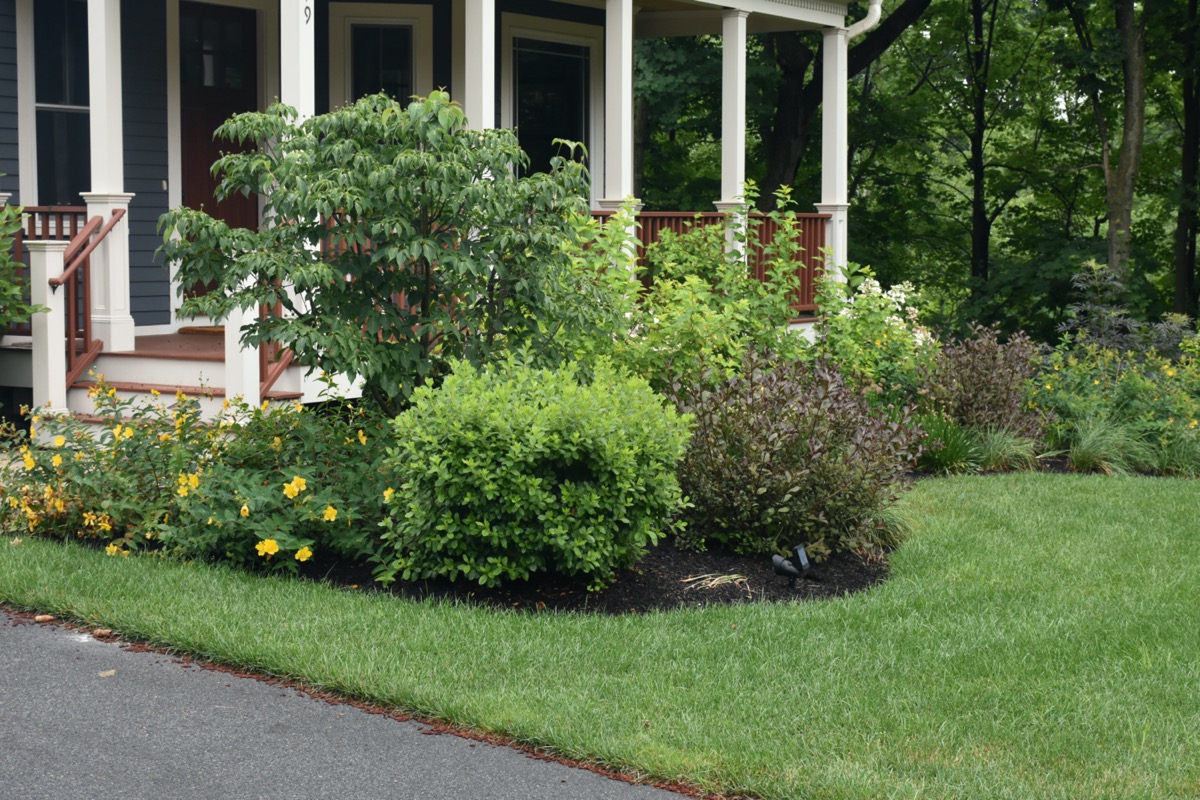Adding plants with different heights, textures and colors can be an excellent solution to adding depth and natural beauty to your garden, but many plants with interesting colors and textures often come with a significant level of care and may be non-native or even invasive. Fortunately, North America, and specifically New England, is home to many species of amazing grasses that are not only attractive to the eye, but also incredibly sustainable and easy to care for.

While it’s true that grasses aren’t known for producing delicious fruits or vegetables or budding bright resplendent flowers that light up your garden, they can add colors and textures that are uncommon in other garden plants. They also offer a variety of different colors throughout the year with many grasses turning vibrant shades of red and bronze in the cooler months, offering a pop of color when most other plants are dull and drab.
The Ecological Benefits of Native Ornamental Grasses
Along with adding unique features to your garden, growing native ornamental grasses as a part of your landscape can have major benefits to the surrounding ecosystem! They add to the biodiversity of your garden, and because native plants are naturally well adapted to the local environment they require little to no extra resources to thrive.
Aside from being well adapted and easy to care for, ornamental grasses supply great year-round cover and nesting areas for birds, small mammals, and insects. Providing this shelter will attract all kinds of wildlife and promote the natural ecological cycles of your garden. It may also deter small mammals like mice from seeking shelter in your home or garden shed.
In addition to providing great habitat, native grasses are also an important food source for lots of wildlife. In the warmer months, many grasses produce small flowers, which are essential to our pollinators like bees, butterflies, and hummingbirds. They also produce an abundance of seeds and grains which are the main food source of many birds and small mammals.
But these grasses are not just helping the environment on the surface, the benefits go much deeper than that — underground, in fact. The extensive root system in these grasses helps to bind soil together to prevent erosion in vulnerable areas. They also absorb nutrients from water runoff, effectively filtering the water and increasing water quality in the surrounding area. The root systems can also increase water infiltration rates, helping to recharge groundwater and reduce the risk of flooding.

Choosing the Right Species of Ornamental Grasses for Your Landscape
North America is home to hundreds of native grass species of all varieties, and while not all of these are considered “ornamental” there are still plenty of species to choose from to suit your needs. When choosing the best ornamental grasses for your space, there are several things to consider:
Height
Ornamental grasses come in all different sizes, anywhere from low groundcover to towering stalks. Varying the height of your plants is a great way to add depth and focal points to your garden. Most grasses are very tolerant to pruning, so if they get too tall you can always cut them to your desired height. It is also good to keep in mind that not all species will grow straight up in the air; some will have floppy or wispy leaves that grow more outward than straight up and down.
Spread
For the most part, ornamental grasses grow in two distinct ways. The most common growth type when thinking of ornamental grasses is clumping or mound type growth. These grasses grow in tight clumps and while the clumps will expand outwards as they grow, they will mostly stay in the original spot they were planted. Clumping grasses make great accent plants and can work well near other plant species.
The other type is running grass. Running grasses are generally more common as turf grasses, as they will spread out quickly and can cover a large area, but there are several species of running ornamental grasses. These are great for covering large areas and are especially good at stabilizing soil in areas that may be prone to erosion. Most nurseries will label their ornamental grasses as either clumping or running, so be sure to curse the spread type that fits your application the best.
Having trouble narrowing down what ornamental grasses are best for your garden? Here are a few common varieties that are known to do well in New England:
- Little Bluestem: This grass is native to most of North America, including New England. It is a perennial, with striking blue-green foliage in the warmer months that turns bronze or red in the fall. It grows in clumps about 3 feet tall and about a foot in diameter.
- Switchgrass: Switchgrass is a versatile native grass known for its tolerance to a range of soil conditions. There is a wide variety of switchgrasses of all different sizes and various colors and leaf shapes. While switchgrasses are tolerant of many conditions, they do best in full sun areas.
- Northern Sea Oats: This grass is known for its distinctive, flat seed heads that resemble oats. Although sea oats are most common in coastal areas and do well with the salty sandy soils there, it thrives in most conditions and can add a unique texture to your garden. Northern Sea Oats prefer full sun to partial shade areas. If you need a variety that does better in full shade, opt for Inland Sea Oats instead, a similar species that does not require as much light.
If you need more assistance in choosing, planting, or taking care of ornamental grasses for your yard, our experienced team of landscape professionals can help. Contact us to get started.
To learn more about designing a custom landscape for your home, download our free ebook, The Mindful Homeowner's Guide to Transformative Landscape Design. If you're ready to get started on your new landscape project, or simply want to learn more about the process, you can contact our team here to schedule a free consultation. We'd love to talk to you!






